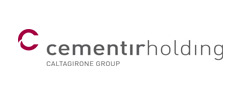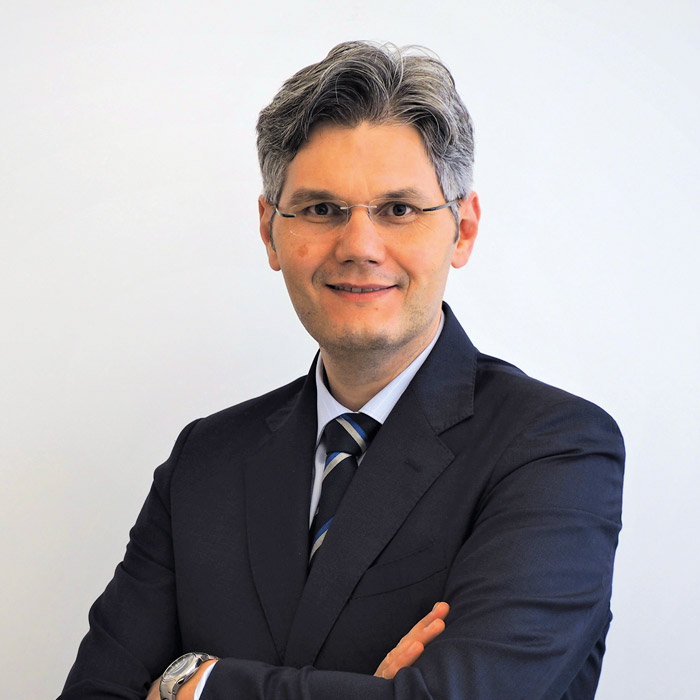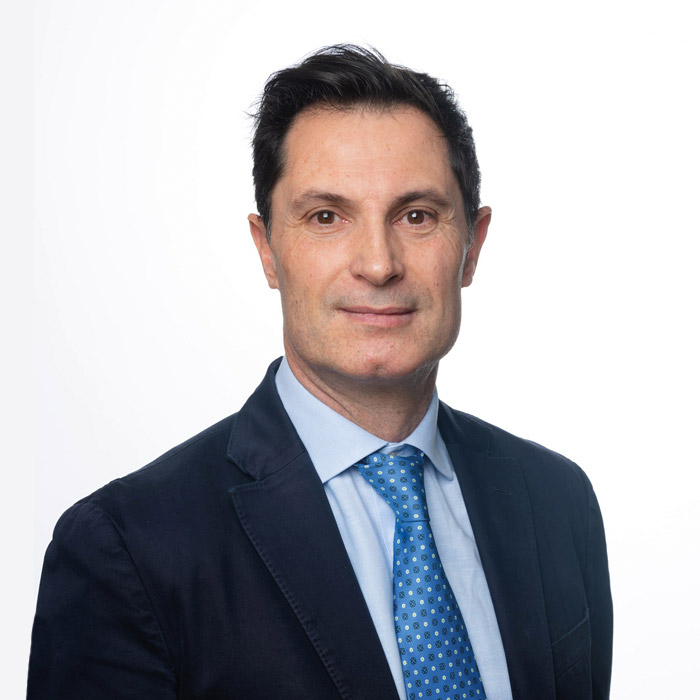

Fostering the path to a sustainable cement industry
Stefano Zampaletta, Cementir Holding, & Jean-Philippe Vacher, CCB Group, will reveal how Cementir Group believes that a key for reducing the CO2 footprint of cement production is found in FUTURECEM™ technology. This technology is designed to contribute significantly to the Group’s goal of reducing CO2 emissions by an average 30%/t of cement by 2030.
The technology relies on the synergy between calcined clay and limestone filler, which allows for more than 40% clinker replacement in cement, whilst keeping the same performance of Portland cements which are widely used for concrete production.
Cements based on this technology have the potential to produce 30% less CO2 emissions compared to Portland Cements and are more sustainable as the raw materials (limestone and clay) are widely available.
Availability of raw materials is a key factor in the drive to reduce clinker ratios. The supplementary cementitious materials currently used for cement/concrete production such as fly ash and blast-furnace slag, are limited in quantity and expected to decrease in availability as the industries that produce them comply with CO2 emissions reductions legislation.
The presentation will discuss the conclusion of the Danish “Green Concrete II” (Green Transformation of Cement and Concrete Production) project where the whole value chain of construction, as well as universities and research institutes have been involved. In this project, cement based on FUTURECEM technology as well as concrete recipes were developed and tested. Tests were made at full-scale with infrastructure elements (two bridges) as well as standard building constructions.
Full-scale structures have proven the technology’s suitability for implementation in the concrete industry using conventional production and execution technologies as well as high resistance to the most aggressive environmental exposure classes, which is fundamental for concrete durability.
Life-cycle analyses were performed documenting around 20% CO2 reduction, compared to conventional concrete and an estimated 6% CO2 emission reduction on standard building. This chain of CO2 emission reduction is aligned with Cembureau’s 5C approach, covering cement, concrete and construction.
Complying with the group’s customer-centric approach and under a global initiative, specific product development activities have been launched across various regions to match the requirements of customers in different applications.
In Europe, the main focus is Northern and Western regions with two leading projects in Aalborg Portland in Denmark and CCB in Belgium. In Aalborg (DK), where FUTURECEM™ takes his roots, the purpose of the project is to industrialize Group’s technology for cement production.
All the activities are on the way with a great achievement realized in March 2020: CE certification for a limestone – calcined clay cement within EN 197-1 standard. The first cement based on FUTURECEM™ technology is expected to be launched on the market by end of 2020.
Simultaneously, Cementir Group is developing a similar project in CCB in order to be ready for green challenges in the area.
Cementir Group is also addressing sustainable building solutions based on premixes under InWhite Solution™ umbrella. Cementir Group has already launched on the market: Aalborg Extreme™ (since 2018) and Aalborg Excel™ (since 2019). These ultra-high performance concrete (UHPC) solutions are ready to be used (just add the water needed), with reduced shrinkage and self-compacting for manufacturing. ALBORG EXTREME™ is for structural applications (structural building elements, balconies, bridges,), while AALBORG EXCEL™ is for decorative applications (facade cladding, urban furniture).
Stefano and Jean-Philippe will also discuss how In CCB’s areas of operation, the demand for low carbon concrete is growing to reflect the increasing environmental awareness of the stakeholders within the construction sector. This has been driven by new regulations such as the future “RE 2020” Environmental regulation in France or by a global responsible sourcing certification system (CSC) in Belgium.
The conventional concrete offering is primarily oriented around slag cement. However, blast furnace slag is becoming increasingly scarce, making it difficult to take this strategy further.
It makes sense today to explore another path from a responsible innovation approach.
The presentation will show how CCB believes that a sustainable growth strategy starts by identifying the challenges and impacts of the sustainable development.
belief is why the group decided to launch a green survey along the Building Construction value chain to stakeholders in a range of sections, including precast, ready-mixed concrete, contractors, industrial mortar producers, as well as prescribers, architects, engineering firms, real estate, and government. The goal is to explore and figure out the status of this green transition, then how it will change the construction industry in the coming years and finally what a building materials manufacturer such as CCB should do when it comes to sustainability.
The expected outcomes of this deeper green investigation will provide the input required to develop a sustainable growth strategy and which role the FUTURECEM™ technology will play in the future.
Furthermore, CCB is committed to addressing EPDs for cement and the Concrete Sustainable Certification system for responsibly sourced concrete for the all vertical businesses. This initiative meets the needs of customer requirements for their successful green transition and creates adding value for them thanks to the recognition in green building rating system such as BREEAM*, LEED* programmes.
*BREEAM: Building Research Establishment Environmental Assessment Method
*LEED: Leadership in Energy and Environmental Design

Stefano Zampaletta
Corporate Product Development, Cementir Holding N.V.

Jean-Philippe Vacher
Strategy & Marketing, CCB Group